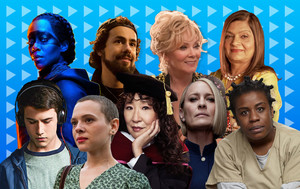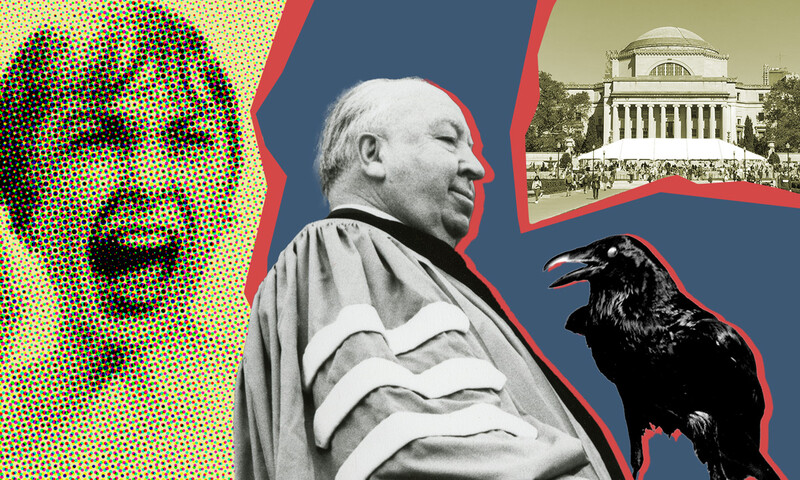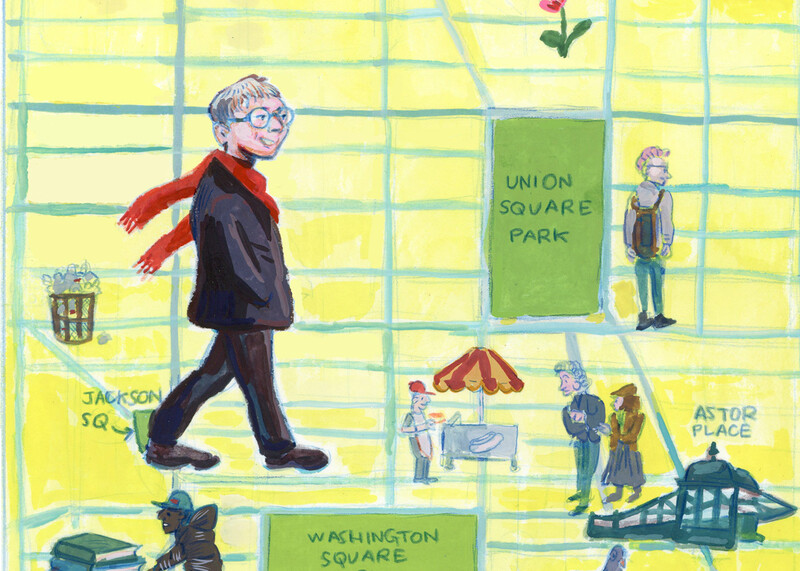Shortly after the devastation of September 11, I was asked to create a forum for debate about the events of that day and its aftermath. It did not seem an appropriate moment, however, for the public discussion of issues. Eighteen months later, the Midnight’s Children Humanities Festival, a multifaceted program designed to illuminate and expand upon the ideas embedded in Salman Rushdie’s heartbreaking second novel, unexpectedly offered a second opportunity. Someone in almost every one of the 17 festival sessions made reference to the pain of that day or to themes relating it to the events buffeting the period of India’s independence in 1947—the temporal backdrop of the book.
One audience member during the “Writers’ Roundtable” recounted how she, a Hindu, had hailed a cab a few months after September 11; her driver was Muslim, and they commiserated about being outcasts because of their appearance. They agreed with grim irony that this was the first time in their personal history that Muslims and Hindus felt the same way. The speaker found relief in such peculiar solidarity, and she found it again, she said, while attending Humanities Festival events. There was a palpable sense that participants were crossing borders into mutual understanding. This woman expressed better than anyone else the festival’s ambitions and ideals.
Bruce Ferguson, dean of the School of the Arts, had envisioned a program that would give context to Columbia’s presentation of the Royal Shakespeare Company’s production of a theatrical adaptation of Midnight’s Children. Set to take place during the entire month of March 2003, the festival’s events would display Columbia’s wide-ranging commitment to merging creative endeavor with intellectual analysis and allow for a broad scope of discourse and debate across disciplines, generations, and cultures. By extending into the public sphere, the festival and its ancillary public school education program would embody the range of New York curiosity. Creative and intellectual debate would be embraced as part of the natural order of things, and positive argument would become a theme of both process and product, to invert the political, cultural, and racial tensions of Rushdie’s novel.
A team of Columbia faculty and administrators and I set out to create a kind of adjunct university for the general public, the alumni, and current students and faculty, where they could immerse themselves for a month in subjects as wide-ranging as the course offerings of a university’s humanities and social sciences departments. Our goal would be to draw scholars, artists, community leaders, students, performers, and writers from the fields of economics, the performing arts, politics, history, anthropology, comparative literature, and cultural studies into a public experiment in democracy. We would bring together such strange intellectual bedfellows as experts on the language of race in America with scholars of Indian economics, or the editor of the op- ed page of The Wall Street Journal with a Columbia journalism school professor who writes on the corrupting power of the American media.
If fiction can be characterized as having intellect, that of Rushdie’s novel is huge. Almost any sentence could generate debate on a host of topics. Such rich soil yields a generous crop: six broad themes encompassed by 16 festival sessions, including “The Creative Process—Theater,” “The Creative Process—Writing,” “Colonialism, Independence, and Beyond,” “Contemporary Culture,” “Censorship, Race, and Civil Rights,” and “Literature and Literary Traditions,” in addition to a dialogue between Rushdie and Columbia President Lee Bollinger, a visual arts exhibition, Harlem-based forums, a high school performance viewed by more than 1,000 public school students, undergraduate courses about the novel and its history, a question-and-answer session with Rushdie, two sessions created by Harlem Muslim leaders, and a panel at the Asia Society with five now-adult “midnight’s children” (born at the moment of India’s independence from Britain). Out of more than 50 participants, 16 were Columbia and Barnard faculty members and fellows, including Edward Said, Akeel Bilgrami, Nicholas Dirks, and Margo Jefferson. By the end of the month, more than 2,000 people had attended.
The festival ended where it began—as Hamlet says, with words, words, words. Four actors sat on the Miller Theatre stage and read sections aloud from the novel. As the United States had entered into war that month, Rushdie’s words were charged with double meaning. In President Bollinger’s inaugural address, he envisioned Columbia as being “like classical Athens, where citizens could throw on their tunics and walk to the forum and consider the world.” For a New York citizenry still healing, the opportunity to consider the world and reflect on its changes may have been the festival’s greatest accomplishment.
As creative director for public projects for Columbia’s School of the Arts, Jayme Koszyn conceived and curated the Midnight’s Children Humanities Festival and education program.


